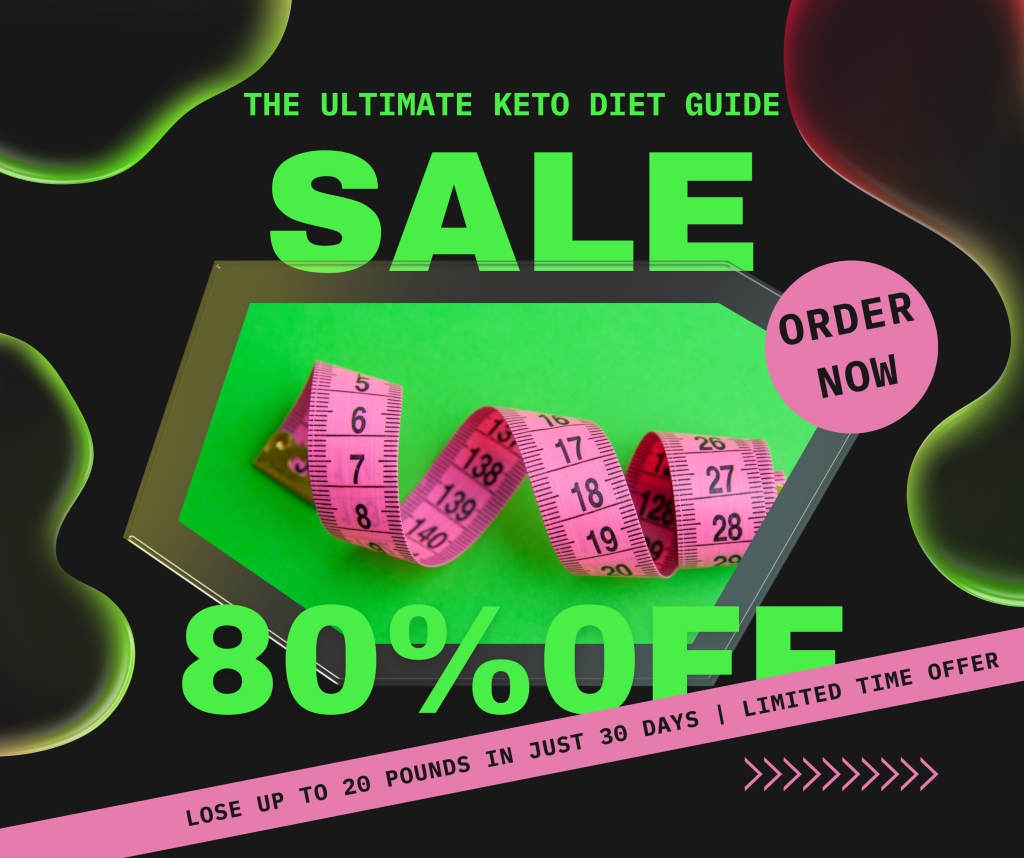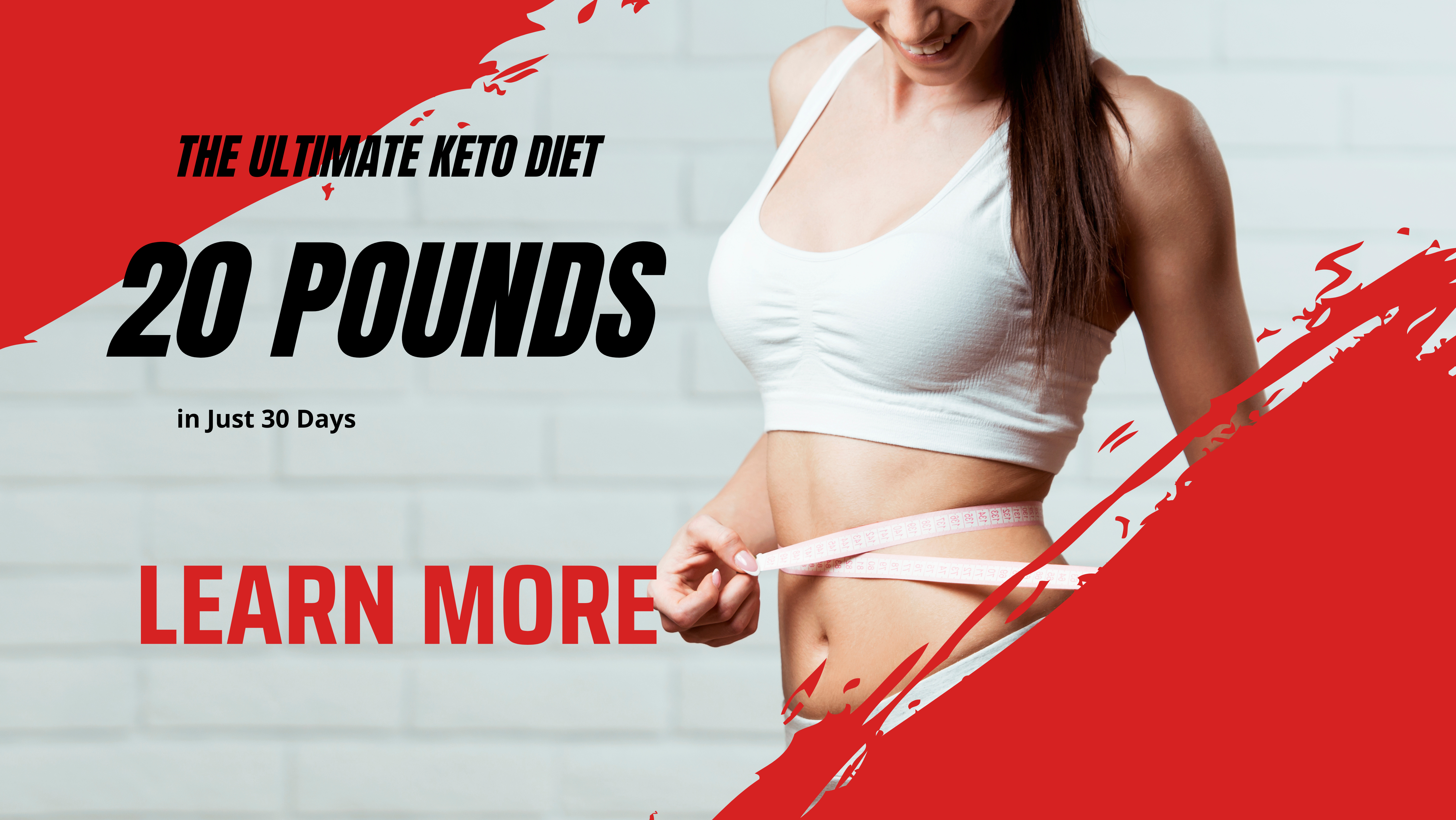The ketogenic diet, often referred to as keto, has gained immense popularity in recent years for its unique approach to weight loss and health improvement. By drastically reducing carbohydrate intake and replacing it with fat, the body enters a state of ketosis, where it burns fat for fuel instead of carbohydrates. If you’re embarking on this dietary journey, knowing what to buy and what to avoid at the grocery store is crucial for success.
Understanding Keto: What to Focus On
The essence of a ketogenic diet is to consume high amounts of fats, moderate protein, and minimal carbohydrates. Keeping this in mind, let’s break down the grocery store into manageable sections, highlighting what to add to your cart and what to leave behind.
What to Buy
1. Healthy Fats
- Avocado Oil & Olive Oil: Great for cooking and dressings, these oils are rich in healthy fats.
- Coconut Oil: A versatile fat that can be used in baking or frying.
- Butter & Ghee: Perfect for adding flavor and richness to dishes while staying within keto guidelines.
- Nuts & Seeds: Almonds, walnuts, chia seeds, and flaxseeds provide healthy fats and some protein.
2. Low-Carb Vegetables
- Leafy Greens: Spinach, kale, and arugula are low in carbs and high in nutrients.
- Cruciferous Veggies: Broccoli, cauliflower, and Brussels sprouts are excellent choices packed with fiber.
- Zucchini & Bell Peppers: These are not only low in carbs but incredibly versatile.
3. High-Quality Proteins
- Grass-Fed Meat: Look for beef, pork, and lamb as they contain higher omega-3 fatty acids.
- Poultry & Eggs: Opt for free-range or pasture-raised eggs for added nutrients.
- Wild-Caught Fish: Salmon, sardines, and mackerel are excellent sources of omega-3 fatty acids.
4. Dairy Products
- Full-Fat Cheese: Cheddar, mozzarella, and cream cheese are often keto-friendly.
- Heavy Cream & Greek Yogurt: Ideal for cooking and adding creaminess without excess carbs.
5. Keto-Friendly Snacks
- Beef Jerky & Pork Rinds: Great options for on-the-go snacking.
- Nut Butters: Almond and peanut butter (without added sugars) are tasty but should be consumed in moderation.
6. Low-Carb Substitutes
- Almond Flour & Coconut Flour: Excellent alternatives for baking.
- Sugar Substitutes: Stevia and erythritol can satisfy your sweet tooth without the carbs.
What to Avoid
1. High-Carbohydrate Foods
- Bread & Pasta: Traditional grains are loaded with carbs; look for almond or zucchini-based alternatives instead.
- Rice & Quinoa: These grains can spike blood sugar levels and should be avoided.
2. Sugary Items
- Sweets & Desserts: Candy, cookies, and cakes are high in sugar and carbohydrates.
- Sugary Beverages: Regular soda, sweetened teas, and juice should be replaced with water, herbal tea, or sparkling water.
3. Processed Foods
- Snack Foods: Chips, crackers, and cookies often contain hidden sugars and high carbs.
- Ready-Made Meals: Many contain hidden starches and sugars; always check labels.
4. Certain Fruits
- High-Sugar Fruits: Bananas, grapes, and pineapples should be avoided due to their high carbohydrate content. Opt for berries in moderation.
5. Certain Condiments
- Ketchup & Barbecue Sauce: These often have added sugars; look for sugar-free versions or make your own.
Tips for a Successful Keto Shopping Experience
- Read Labels: Keep an eye out for hidden sugars and carbs in processed foods; they can be deceptively high.
- Plan Your Meals: Create a meal plan before shopping to avoid impulse buys and ensure you stick to your keto goals.
- Shop the Perimeter: Most fresh produce, meats, and dairy are found around the outer edges of grocery stores, while processed foods are usually in the aisles.
Conclusion
Navigating the grocery store on a ketogenic diet can initially seem daunting, but with a clear understanding of what to buy and what to avoid, you can fill your cart with nutritious, keto-friendly options. Staying organized, knowing your goals, and focusing on whole, unprocessed foods will make the journey toward healthier eating both enjoyable and sustainable. Happy shopping!








